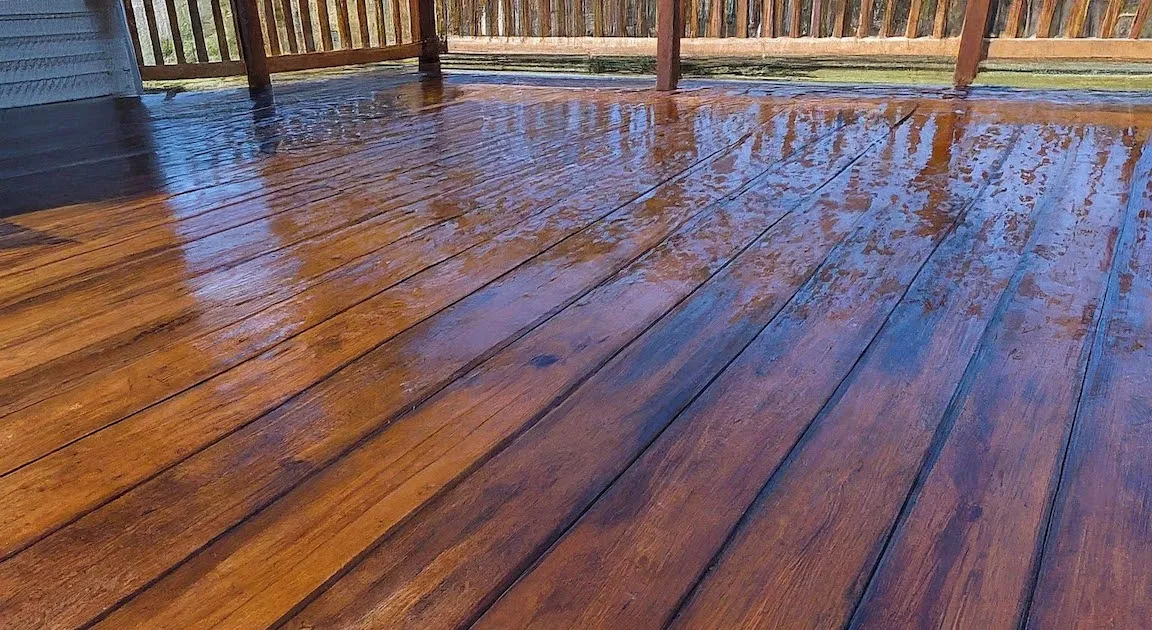Ensuring Balcony Safety: A Guide to Waterproofing and Compliance with California Codes
May 14, 2024
Balconies serve as serene outdoor spaces, offering a breath of fresh air amidst urban living. However, their exposure to the elements demands careful attention to waterproofing to maintain structural integrity and comply with California regulations, including SB721 and SB326. Let's delve into the importance of waterproofing, compliance details, and the process of waterproofing installation.
Understanding California Regulations: SB721 and SB326
California Senate Bills 721 (SB721) and 326 (SB326) mandate inspections and maintenance of exterior elevated elements (EEEs) in multi-unit residential buildings. Balconies, being prominent EEEs, fall under these regulations, emphasizing the need for proper waterproofing to prevent moisture-related damage.
The Significance of Waterproofing
Water intrusion poses a significant threat to balconies, leading to structural deterioration, mold growth, and safety hazards. Proper waterproofing acts as a barrier against moisture, safeguarding the balcony's integrity and longevity. It prevents water penetration into the underlying structure, mitigating risks of decay and corrosion.
Compliance with California Codes
In addition to SB721 and SB326, balconies must adhere to California Building Codes for waterproofing. These codes outline specific requirements for materials, installation techniques, and drainage systems to ensure effective waterproofing. Compliance with these codes is essential to meet safety standards and regulatory obligations.
The Waterproofing Process
- Surface Preparation: The balcony surface is thoroughly cleaned and inspected for any existing damage or defects. Any repairs needed, such as patching cracks or fixing substrate issues, are addressed before waterproofing begins.
- Primer Application: A primer is applied to the prepared surface to enhance adhesion and ensure proper bonding of the waterproofing membrane or coating.
- Waterproofing Membrane Installation: Depending on the chosen waterproofing system, liquid-applied membranes, sheet membranes, or cementitious coatings are installed on the balcony surface. These materials create a seamless, impermeable barrier that prevents water infiltration.
- Seam and Detailing Work: Special attention is given to seams, corners, and penetrations, where water ingress is most likely to occur. These areas are reinforced with additional layers of waterproofing material or specialized detailing products to ensure complete protection.
- Drainage Installation: Proper drainage systems, including drains, scuppers, and gutters, are installed to facilitate water runoff and prevent ponding on the balcony surface.
- Quality Control and Inspection: Throughout the waterproofing process, quality control measures are implemented to verify proper application and adherence to manufacturer guidelines. Inspections are conducted to ensure the integrity of the waterproofing system.
- Final Surface Finish: Once the waterproofing membrane or coating has cured, a suitable surface finish, such as tile, pavers, or a protective coating, is applied to enhance aesthetics and durability.
Regular Maintenance and Inspections
To ensure the long-term effectiveness of the waterproofing, regular maintenance is essential:
- Sealer Check: Inspect the balcony for cracks or signs of damage. Cracks can compromise the waterproofing and should be addressed immediately by checking and reapplying the sealer as needed.
- Annual Resealing and Inspection: Conduct a thorough inspection and resealing of the balcony at least once a year. Sunlight can degrade the sealing over time, reducing its effectiveness in protecting against water intrusion.
- Proactive Measures: Be proactive in identifying and repairing any damage, as well as in maintaining the overall waterproofing system.
Conclusion
Waterproofing is a cornerstone of balcony construction, ensuring resilience against moisture intrusion and compliance with California regulations. By prioritizing proper waterproofing techniques and staying abreast of regulatory requirements, property owners can uphold the safety and longevity of their balconies for years to come. Consult with qualified professionals to assess your balcony's waterproofing needs and ensure compliance with SB721, SB326, and California Building Codes.
At Contech Inc., we are here to help with inspections, design, renovation, and construction to ensure your balconies conform to all safety standards and regulations. Stay tuned for more insights on maintaining safe and functional outdoor spaces in compliance with California regulations.

